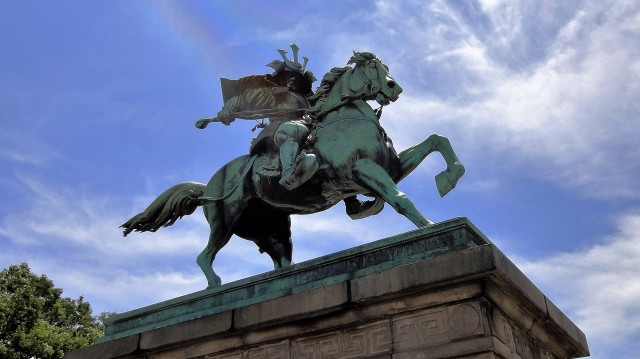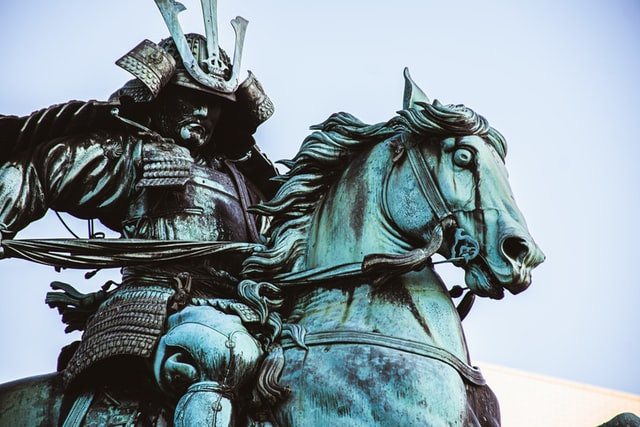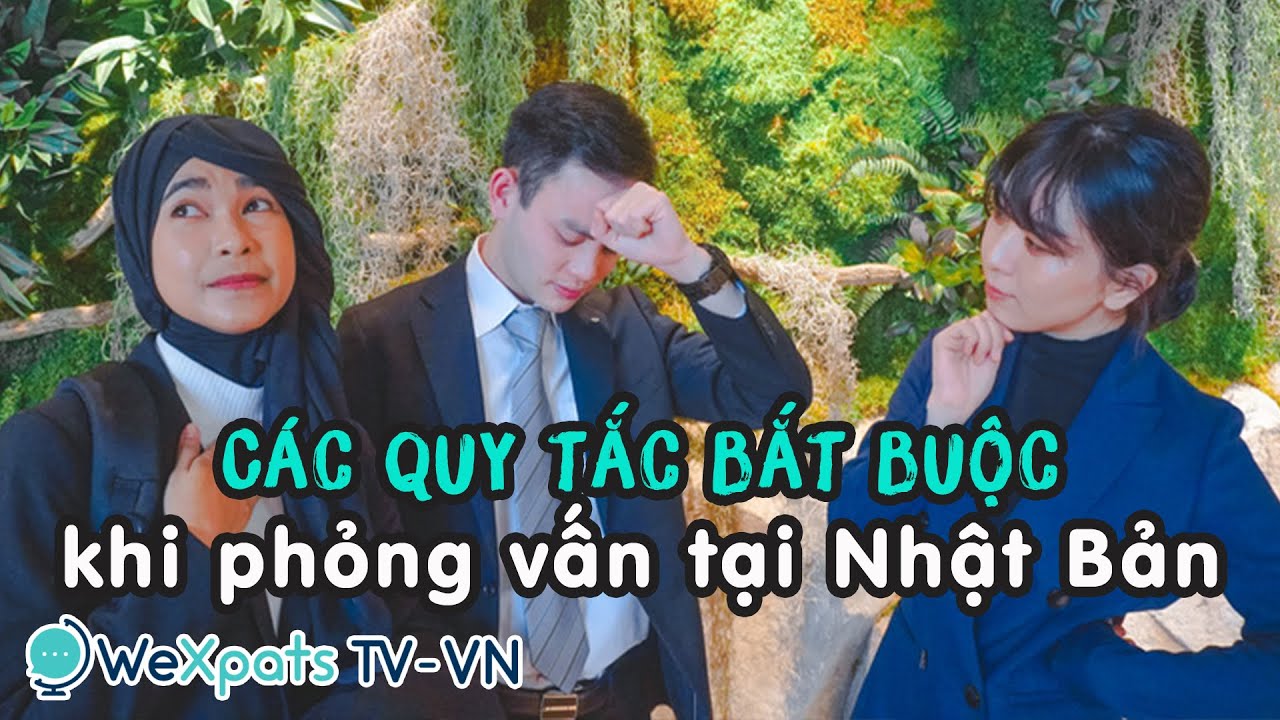Curious about this question, we asked WeXpats Guide Japanese team members how much they actually know about samurai. Their answers surprised us! We further answer the frequently asked questions about samurai in Japan - When did the era start? How did it end? Are there female samurai? And, what’s important to a samurai?
Table of Contents
- What’s Samurai?
- Asking Local Japanese about Samurai in Japan
- The Beginning and Ending of Samurai
- What’s important to a samurai?
- Were there female samurai?
- Takeaway
What’s Samurai?
Samurai 侍 are martial art warriors in service to nobles/aristocrats during the old Japan era.
Writer's Pick
Asking Local Japanese about Samurai in Japan

Wondering “How much do Japanese actually know about samurai?,” I decided to ask WeXpats Guide’s Japanese team members.
How much does the average Japanese know about samurai?
In Japan, Japanese History (Nihon-Shi 日本史) is part of junior high and high school curriculums. And of course, samurai names are part of the studies too. High school students aiming to enter a good university have no choice but to become “samurai professors”, memorising all the nitty gritty details as they will come out in university entrance exams.
What did you learn about samurai in Japanese History classes?
Samurais appeared in the “Sengoku Period (1400~1600)” part of studies. Japan during that time was known as the “Samurai Era”, and Shoguns (将軍) so-called Kings of the Samurai were constantly at war fighting for land.
As you all know, samurai fought with swords, rode horses, used Japanese-style rifles, and Japan’s political map was ever-changing within just those 200 years. Hence, there was a lot (emphasis on a lot) of people and events to memorise!
For example,
Who was the first samurai to win a battle using guns in his military tactics?
(Answer: Oda Nobunaga)
Which lake was the battleground for the fight between Toyotomi Hideyoshi and Shibata Katsuie?
(Answer: Lake Biwa, Shiga Prefecture)
In 1637, who fought for the resistance against the Shimabara samurai that were cracking down on Christianity?
(Answer: Amakusa Shiro)※ Fun Fact: Amakusa Shiro was not a samurai but a farmer.
What was the name of the battle between Takeda Shingen and Uesugi Kenshin? Who won?
(Answer: The Battle of Kawanakajima. It was a draw.)
All in all, students need to remember around 50 samurai names. Honestly speaking, there are probably some students wondering, “Why do I need to learn about samurais?”
Was studying about samurai fun?
Of course it was! For students that like samurai that is.
If (Japanese students) study Nihon-shi hard enough, travelling to different parts of Japan becomes even more fun. For a small country like Japan to be split up between 100 or so samurai forces, different regions still retain the individual characteristics of the samurai-dominated era.
For example, one-eyed Date Masamune that frequently appears in games had another side to him. He apparently loved cooking and inspired many of Sendai’s souvenirs. 「Zunda」, a local specialty of Sendai City made from crushed edamame giving it a beautiful green colour, is actually one of Date Masamune’s original recipes. It is also somewhat romantic to visit old battle sites and ruminate on the life of (your) favourite warlord/samurai.
For those who want to properly (and systematically) study the history of real samurais, it might be a good idea to buy a Nihon-shi text book.
That concludes our short interview about samurai studies in Japan. For the next part of this article, we'll be diving into samurai history.
The Beginning and Ending of Samurai
When did the samurai warriors' caste system start?
Heian Period was when bodyguards in service to nobles started to be called “samurai”. But it wasn’t till the Kamakura Period when samurai gained honourable status and a proper warrior caste system came into place.

The Kamakura Period (1192-1333) started when Minamoto Yoritomo defeated the Taira clan and established the Shogunate military system in Japan. During the battle, both Minamoto and Taira sides had “samurai” in their service. After the battle, Minamoto Yoritomo became Japan’s first Shogun. Under the new military governance, warriors that Yoritomo deemed worthy were bestowed the title of “Samurai”. Samurai warriors were responsible for protecting their liege, defending the lands, and maintaining order.
For more about the Kamakura Period:
A Look Into the Past: The Kamakura Period
When and how did the samurai era end?
In 1868, an uprising against the Tokugawa Shogunate brought about its collapse and started the Meiji Restoration period. 3 years later, the feudalism system was abolished and along with it the status of samurai who previously enjoyed their high status and stipends. The carrying of swords was also banned. Aside from the few that still carried noble status, many of the ex-samurai had to work regular jobs to earn a living. Surprisingly, amongst the people who organised the movement against the Tokugawa Shogunate included members of the samurai caste.
※ MOFA, “Q. 武士(サムライ)について教えてください。”
What’s important to a samurai?
Master and Samurai Relationship
“Service to someone” is the key aspect of being a samurai which is why it can be said that samurai are perpetually in service. To a samurai, there is no greater honour than absolute service to their master even more so than their own families and lives.
Ronin, the Masterless Samurai
Ronin 浪人, translates to wanderer, is a masterless samurai. This may be due to the death of a master, desertion, or banishment due to misdeeds. Either way, the status of Ronin carries shame with it. It shows cowardice and disloyalty if one becomes a Ronin when their master dies as following Bushido, a samurai should follow his master even in death via Seppuku.
最近お寺の裏庭に住み着いてる二匹の鴨。境内の方でお散歩しております。 pic.twitter.com/8RC36E6NTN
— 萬松山泉岳寺 (@sengakuji_info) May 1, 2020
The 47 Ronin, also known as the Ako Jiken (赤穂事件 Ako Incident) is a famous story of vengeance. Daimyo Asano Naganori was sentenced to commit seppuku after he attacked his superior Kira Yoshinaka who had insulted him. He died a disgraced man, and his 47 samurai retainers became ronin. Furious at the unjustifiable death of their master, the 47 ronins planned to avenge their master in a plan that took place almost 2 years later. Kira Yoshinaka was beheaded and the 47 ronin were sentenced to seppuku just like their master. They did so willingly. The 47 ronin and their master have been laid to rest at Sengaku-Ji at Minato-ku, Tokyo.
For more about the 47 Ronin:
The 47 Ronin, Their Graves and Where to Find Them
For more about seppuku including anime and film recommendations:
Seppuku & Harakiri, An In-depth Explanation to Samurai Ritual Suicide
Bushido, the Samurai Code
Bushido 武士道 literally means way of the warrior. Although it started from the samurai’s code of conduct, Bushido is actually practised outside of samurai as well. Bushido emphasises seven virtues, namely loyalty, honour, bravery, honesty, respect, righteousness, and sincerity.
There are two famous books elaborating on Bushido:
-
“Bushido: The Soul of Japan” by Inazo Nitobe
-
“Hagakure” by Yamamoto Tsunetomo
The first book was subject to controversy during the World War 2 due to its nationalistic idealizing of samurais. It was first published in 1899, at a very different (old) time when things were extremely different, including how people think and how Japan functioned, which was why it rubbed people the wrong way.
The second book written sometime in the 1700s touched upon the topic of frivolousness of death came across to readers as glorifying death. Bushido was misunderstood as promoting Seppuku and seeking freedom through death.
Were there female samurai?
Yes and no, as there were no females that officially carried the status of samurai. However, there were female warriors, essentially female samurai, who fought alongside (male) samurai. They were called Onna Bugeisha 女武芸者 (female martial artists) or Onna Musha 女武者 (female warriors).
Onna Bugeisha, Japan’s Female Warriors

Photo Credit: Aizu-Wakamatsu Navi City
Surprisingly, there were quite a large number of female warriors in Japan. Some of them wielded swords, some did archery, and some held spears. There were also female ninjas called Kunoichi but that’s for a different article. Some female warriors that made their mark in history included Tomoe Gozen 巴御前, Nakano Takeko 中野 竹子, and more.
Tomoe Gozen 巴 御前
A female samurai warrior from the late Heian Period. Tomoe Gozen is wife to Minamoto Yoshinaka (aka Lord Kiso, and cousin to Minamoto Yoritomo), she served in his army in a position similar to that of a general. Her favoured weapons were bow & arrows, and a Naginata (Japanese pole blade weapon). Unfortunately, there is no hard evidence of her exploits and contributions. She is well known due to her appearance in the “Heike Monogatari”, a semi-fictional retelling of the Genpei War. There are more than 10 so-called graves of hers around Japan.
Nakano Takeko 中野 竹子
Released in 2015, 「Samurai Warrior Queens」is a drama documentary about Nakano Takeko.
Hailing from Aizu-Wakamatsu, a city famously known as the “Samurai City”, is Nakano Takeko who fought during the Japanese civil war. Her weapon was a Naginata, the weapon of choice for female warriors. She was part of a band of female warriors famously known as the Joshi-tai 娘子隊. At that time, women were not allowed to participate in war but their persistence paid off and they were allowed to head out to the front lines. Nakano Takeko fell in battle from a bullet. A statue of her wielding her Naginata can be found in Aizu-Wakamatsu City.
Takeaway
We hope this gave you some insight into not just samurais but also average Japanese’s thoughts and feelings about samurai and the Japanese history curriculum. Like we mentioned above, if you’re really interested in an in-depth study of samurais, and are fairly confident in your Japanese, do have a look at some Japanese history textbooks.




































